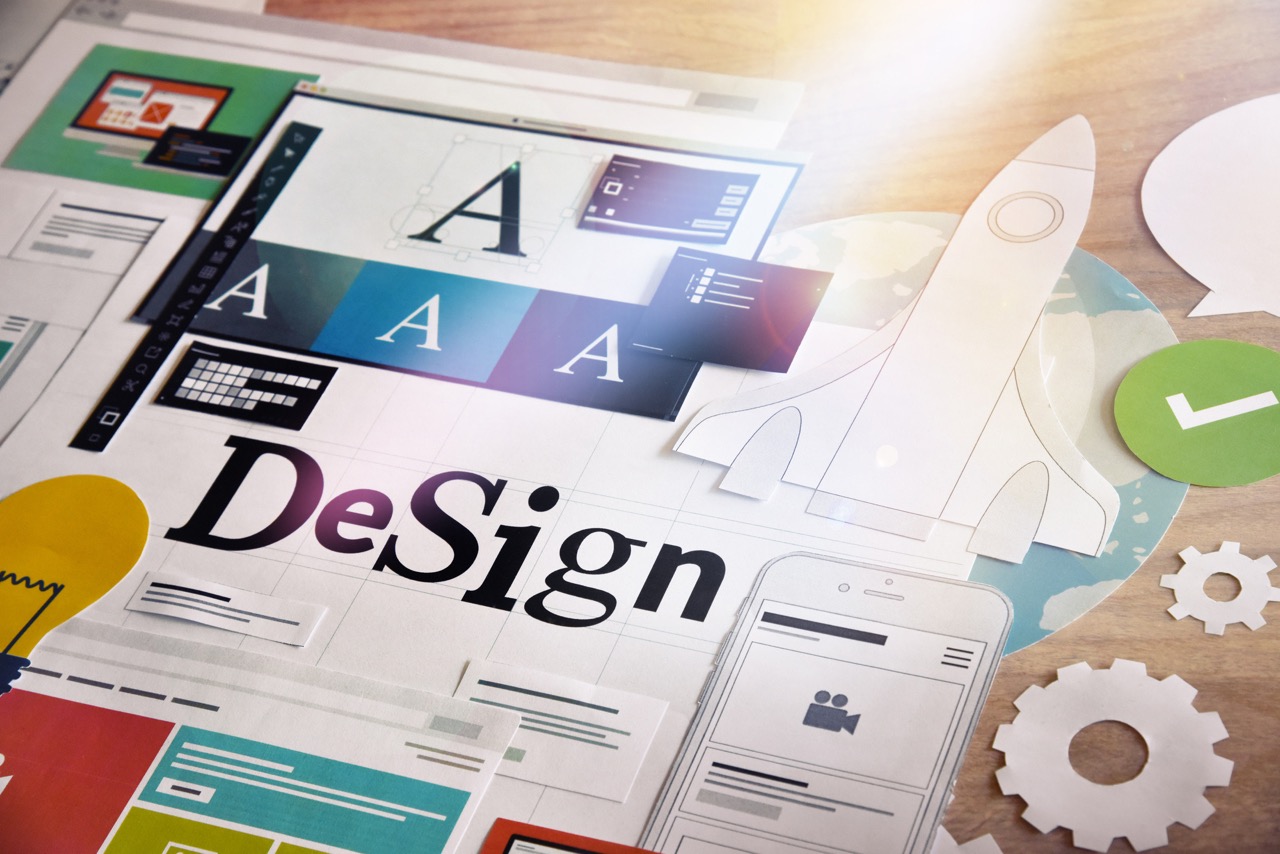
A logo, the face of your company, is an instant visual representation embedded in the minds of your customers. In a market filled with endless brands and advertisements, your small business requires a memorable logo to carve out a distinct identity.
A strong logo can elevate your brand, creating a visual touchpoint that communicates your company’s values, mission, and personality. Its benefits extend beyond aesthetics, fostering brand loyalty and recognition, amplifying visibility, and setting the stage for compelling storytelling.
- Understanding Your Target Audience
Before making design sketches, take time to understand your clientele. Analyzing preferences, demographics, and industry trends can unveil valuable insights that guide your design process. Gathered insights can be applied using tools like an AI logo generator to create initial drafts. Leverage options like Upwork freelancing to access designers who can provide expert insights and perspectives on appealing to your audience.
Identifying what resonates with your audience is fundamental. Your logo should mirror your audience’s tastes, values, and attributes they hold dear. Each component of your logo, from its color to its shape, reflects the sentiments and expectations of those you aim to serve.
- Defining Your Brand Identity
The journey to a memorable logo starts with clearly articulating your company’s values, mission, and unique selling proposition (USP). This intricate weave of attributes forms the backdrop against which your logo will shine. Every stroke, color, and element should be a silent ambassador, resounding your business ethos.
Visually translating these aspects can be challenging yet rewarding. Consider elements that resonate universally, symbols that cross linguistic and cultural barriers. Here, creativity and innovation become your closest allies.
- Simplicity And Clarity
Despite a crowded visual market, simplicity always stands tall. A simple design is easy on the eyes and easy to recall, giving your logo a memorable quality to stick in people’s minds. A well-executed, simple logo also offers universal appeal.
Avoid overcrowding the design with intricate details. The most iconic logos are distinguished by their clarity and immediate recognizability. Each element should be deliberate, contributing meaningfully to the overall narrative and epitomizing elegance in simplicity.
- Color Psychology
Colors are visual elements and emotional cues. They carry the weight of unspoken words, conveying emotions and triggering responses. Understanding the psychological effects of colors is instrumental in selecting a palette that aligns with your brand’s essence.
Choose colors that align with the emotions you wish to evoke in your customers. Incorporate warm hues like red and orange to catch attention easily. On the other hand, use cool colors like blue and green to promote trust, security, and eco-friendliness.
- Typography
Your font choice subtly communicates aspects of your brand’s identity through its size and shape. The color applied to your typography can further enhance this message. Balance legibility with aesthetic allure. The text should invite, not intimidate, drawing viewers into the visual narrative unfolding before their eyes.
Each curve and angle of the typography should reflect your brand’s character, adding depth and dimension to the logo. For a bolder impression, consider combining two complementary font styles, such as a sans-serif and a script or slab serif. Refrain from using similar-looking fonts together since, when combined, they could overwhelm the viewer.
- Visual Elements And Symbols
Incorporating visual elements and symbols into your logo design involves more than selecting images that are pleasing to the eye. They should work as visual cues, instantly conveying your brand’s core messages and values. Consider symbols that are directly linked to your industry or ones that represent your business ethos. Every element should aim to communicate and connect, not just decorate.
Balance is vital in integrating these components effectively. A cluttered logo can confuse the audience and dilute the message. Think of scalability; your logo should retain its impact, whether it’s on a billboard or a small social media avatar. Every cue should be an eloquent ambassador of your brand’s identity, effectively telling your story without uttering a single word.
- Testing And Feedback
Collecting feedback is a crucial step in refining your logo. Gathering insights from a trusted cohort and your target audience offers diverse perspectives, unveiling improvement areas. Methods like audience surveys can highlight the logo’s strengths and weaknesses, while split tests can indicate its effectiveness in comparison to alternatives.
Avoid the temptation of considering the design process complete without this critical step. Feedback is the bridge that connects creative intuition to audience resonance, ensuring the logo is seen, felt, and remembered.
Common Mistakes To Avoid When Designing A Logo
A common pitfall is neglecting the adaptability of a logo. Versatility is a hallmark of an effective logo, ensuring consistent impact across varied platforms and scales. Avoid over-reliance on trends, as this can result in a quickly outdated logo.
Another mistake is passing up the help of a graphic designer. While it’s true that small businesses often have limited capital, it’s wise to set aside a budget for a professional to design your logo. Most customers tend to trust a company with a clean, understandable logo that showcases a personality and the service and products provided. A well-designed logo could be the boost your business needs.
Final Thoughts
Creating a memorable logo involves incorporating various elements, each reflecting your brand’s essence, values, and audience expectations. It goes beyond aesthetics, weaving a visual narrative that resonates, engages, and sticks.
With these insights, you’ll build a visual identity, a silent yet powerful brand ambassador in the form of a logo. Start brainstorming, sketching, and looking for a designer to lend you a hand. Your future memorable logo is a few informed decisions away.
Chris Mcdonald has been the lead news writer at complete connection. His passion for helping people in all aspects of online marketing flows through in the expert industry coverage he provides. Chris is also an author of tech blog Area19delegate. He likes spending his time with family, studying martial arts and plucking fat bass guitar strings.